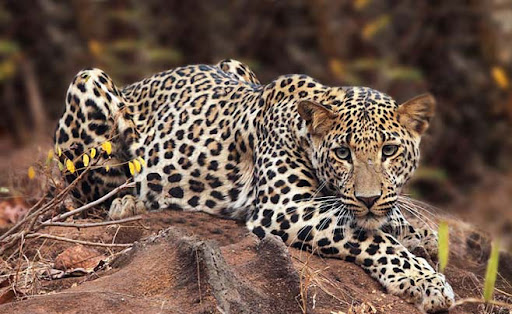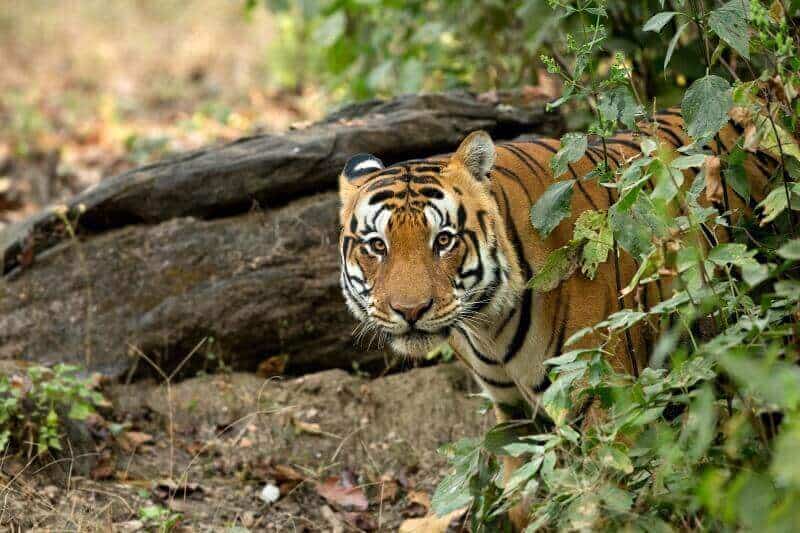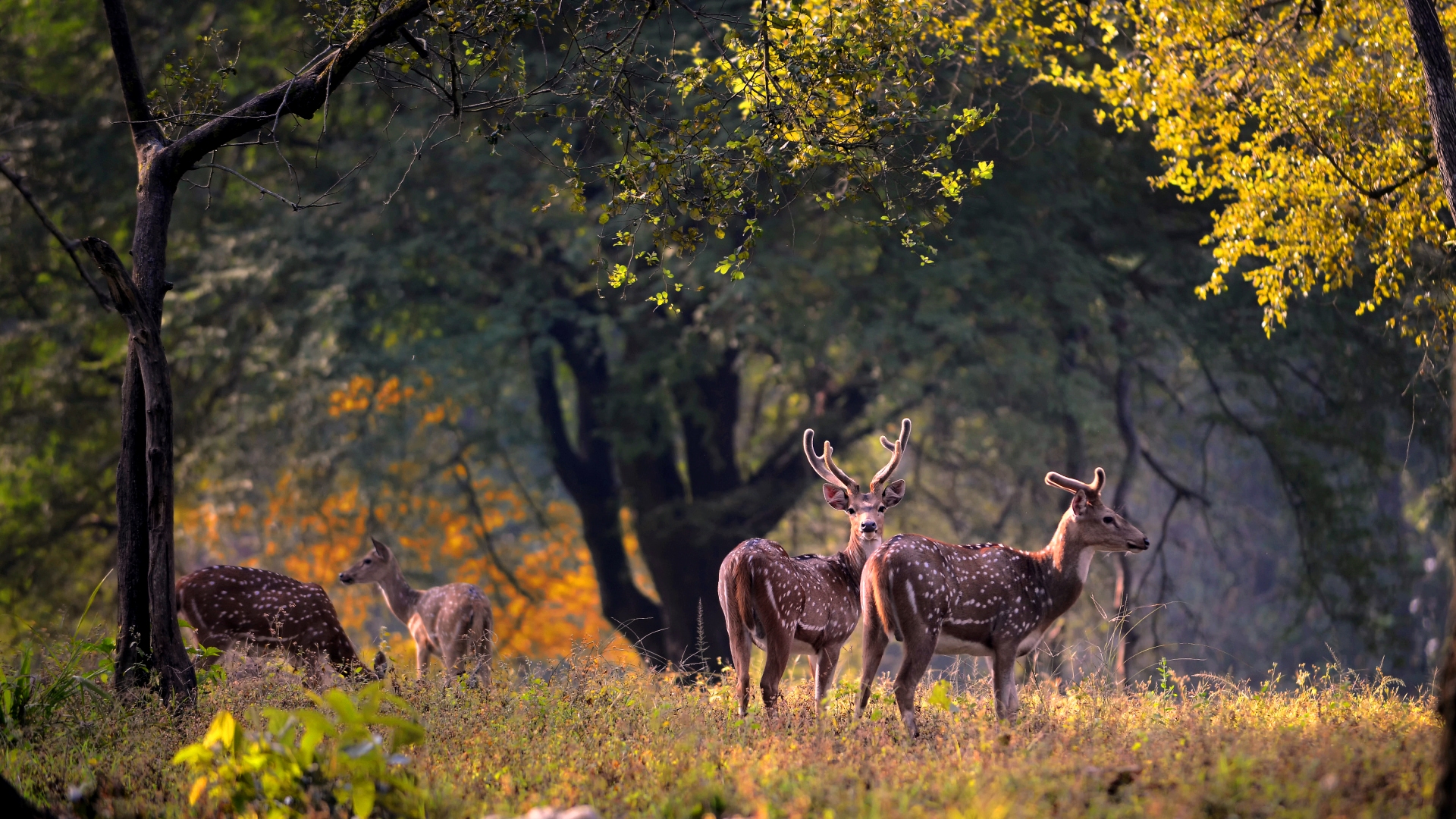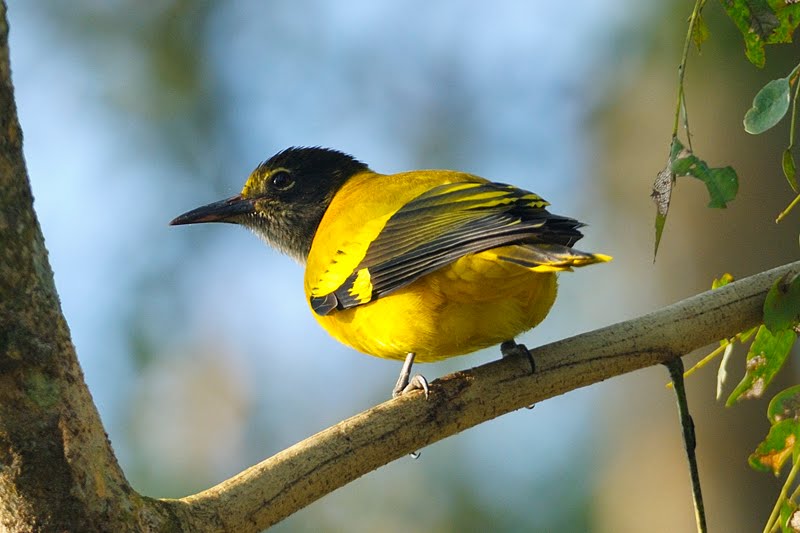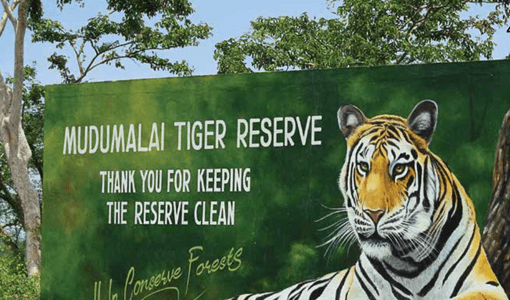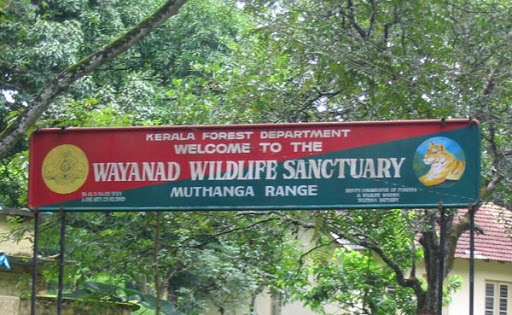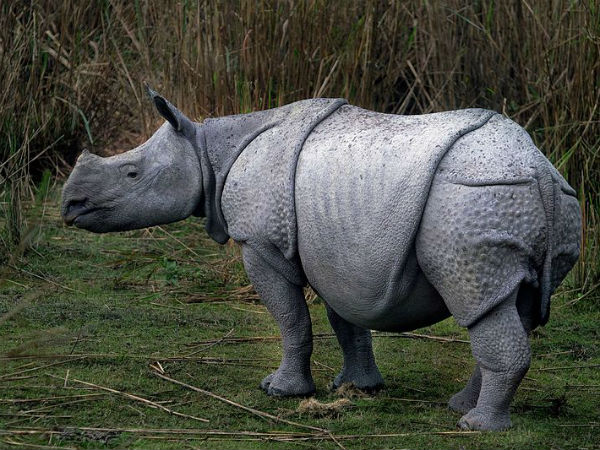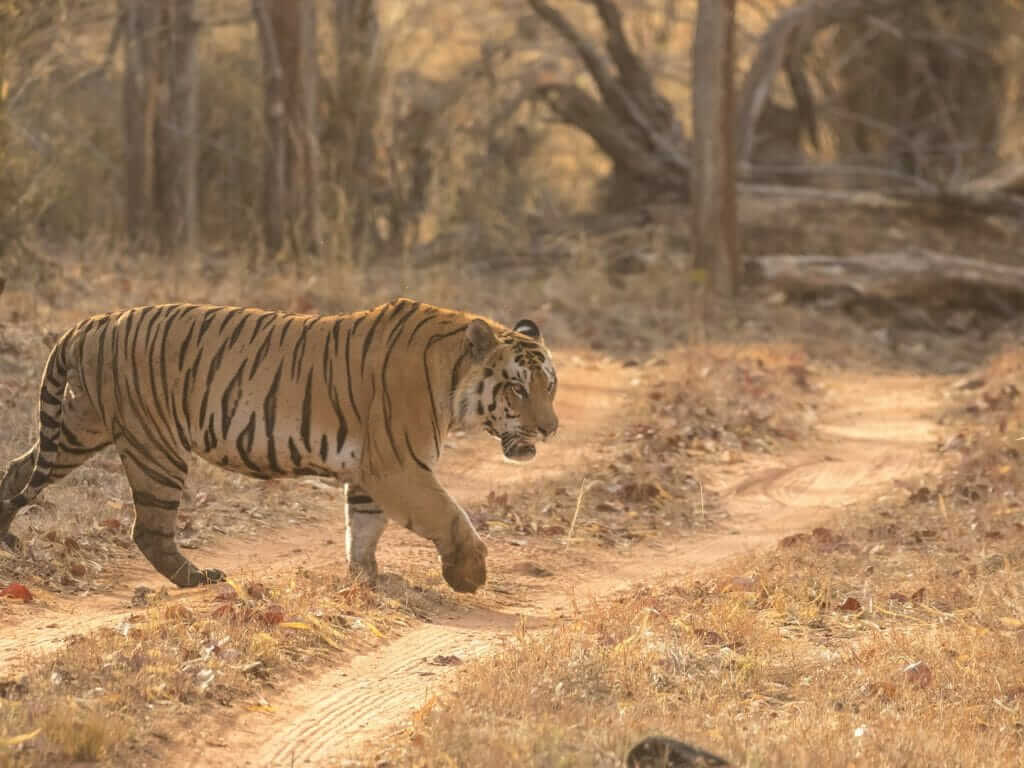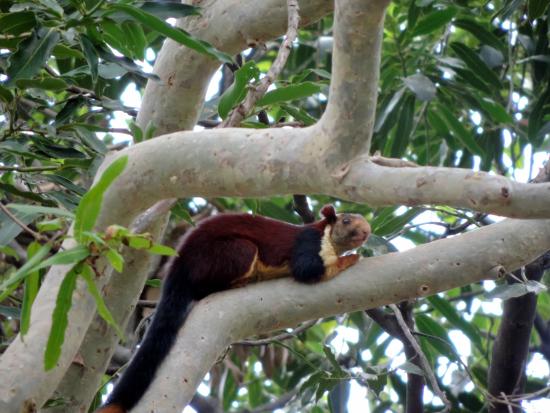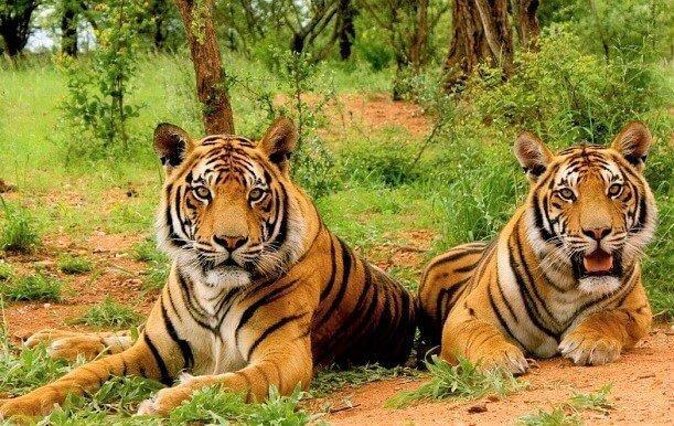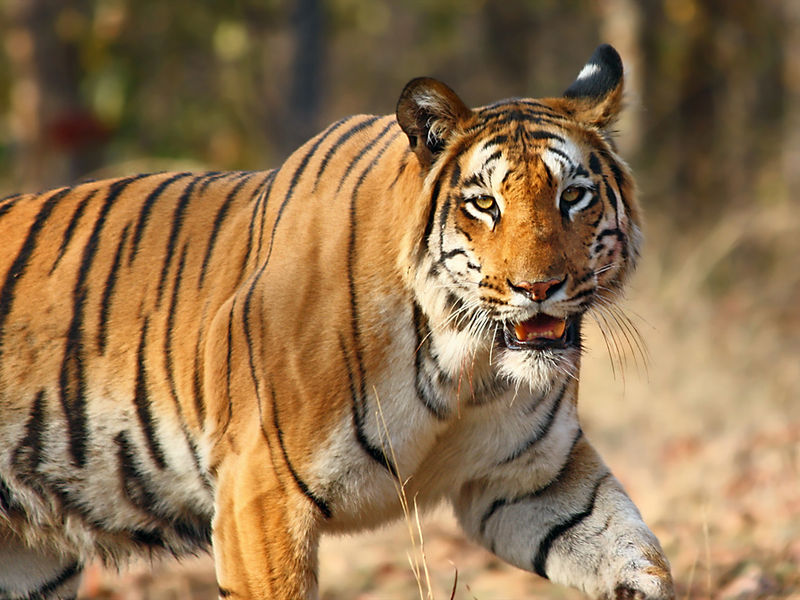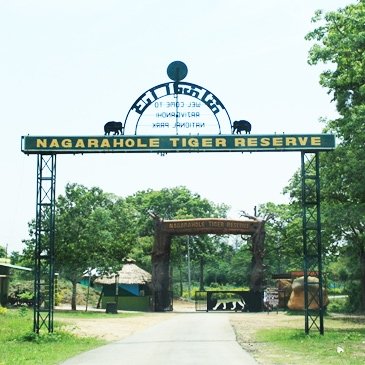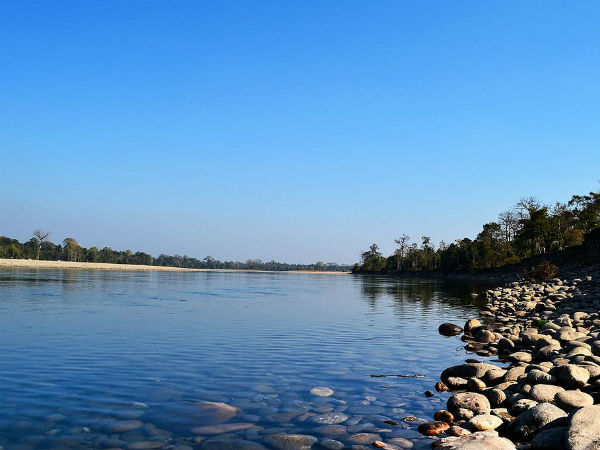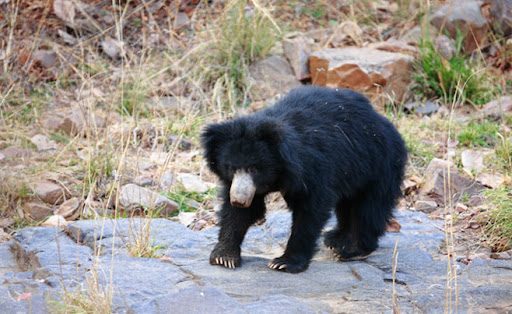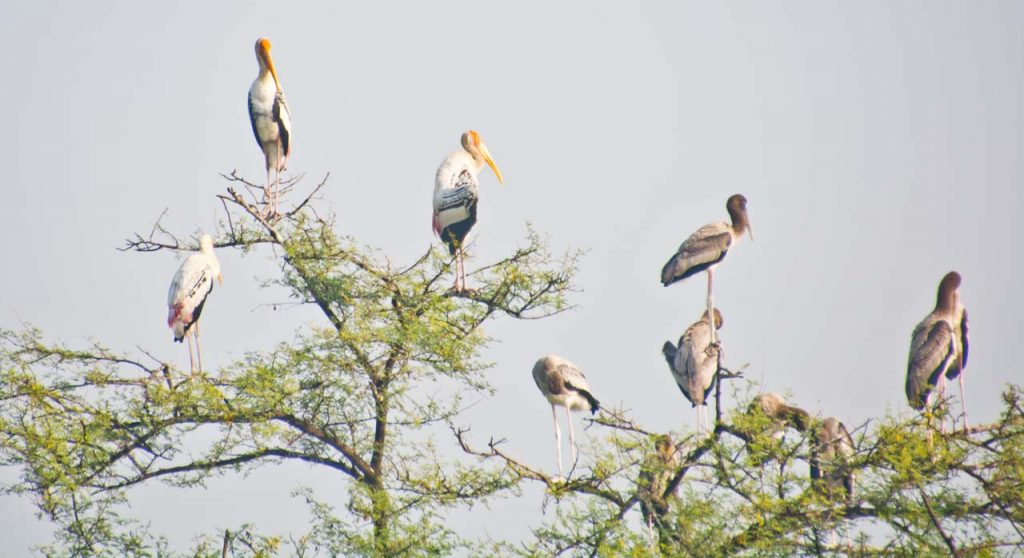- Home
- Tourism in India
- National Parks in India
National Parks in India
National parks in India:
National Parks and Wildlife Sanctuaries are the protected areas declared by the Government of India in order to protect the flora and fauna from extinction. Also to protect the flora and to maintain the ecological balance.
Update on coronavirus in India
The National Parks, Wildlife sanctuaries and the biosphere reserves are home for many endangered species which are on the verge of extinction. India has 104 national parks, 551 wildlife sanctuaries and 18 Biosphere Reserves. Jim Corbett National Park is the oldest National Park which was established in 1936. Earlier it was known as Hailey National Park.
UNESCO World Heritage Wildlife Sites in India
Great Himalayan National Park, Himachal Pradesh
Kaziranga National Park, Assam
Keoladeo National Park , Rajasthan
Khangchendzonga National Park, Sikkim
Manas National Park, Assam
Nanda Devi National Park, Uttarakhand
Nokrek National Park, Meghalaya
Sundarbans National Park, West Bengal
Valley of Flowers National Park, Uttarakhand
Enjoy reading some of the best National Parks, Wildlife Sanctuaries and Biosphere Reserves details. Do share your experience with us by clicking the link here.
This page contains only a brief introduction for the most important National Parks. You can read complete details by clicking the links.
List of the National parks in India
Bandipur National Park is located in the state of Karnataka, India. It was established in 1974 as a tiger reserve under Project Tiger. Covering an area of 874 square kilometers, Bandipur National Park along with Nagarhole National Park is an important tiger reserve in India.
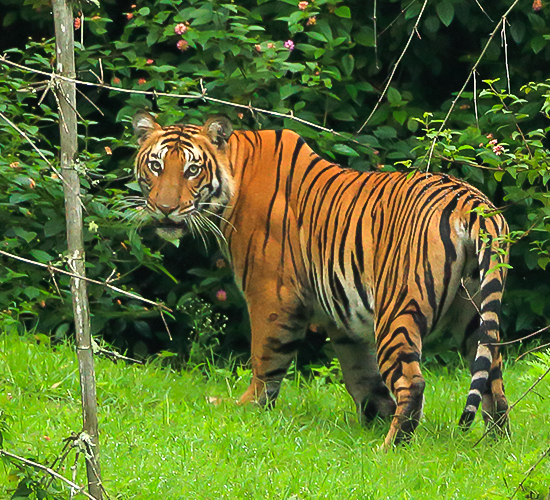 |
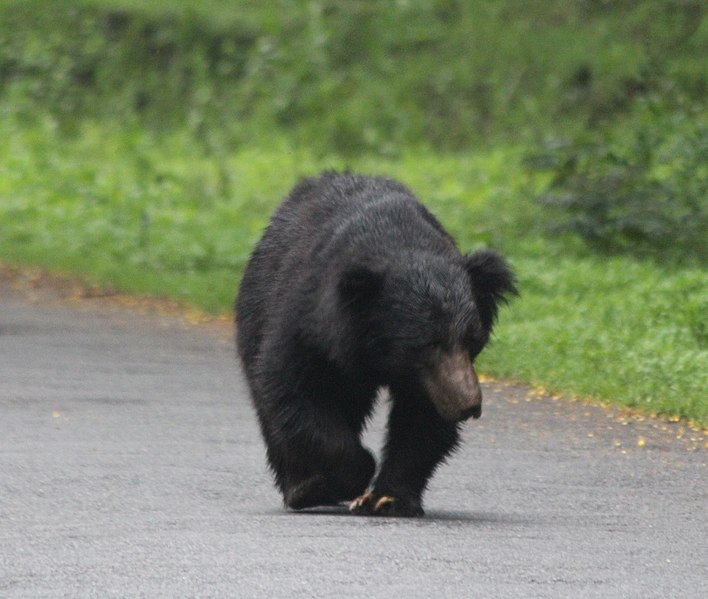 |
It is located in Karnataka, India. It is also known as the Rajiv Gandhi National Park and is a part of Nilgiri Biosphere Reserve. The park spreads across an area of 643 square Kilometres to the north east of Bandipur National Park. Both the National Park is separated by Kabini reservoir. The park is famous for flora and fauna along with small water streams, hills and waterfalls.
Kali Tiger Reserve:
Earlier known as Anshi National Park is located in Uttara Kannada district of Karnataka. It is a protected area and a tiger reserve which spreads over an area of 1300 square Kilometres. The park is the home for Bengal tigers, Black Panthers and Indian Elephants. River Kali which flows in the tiger reserve is the life line of this National Park.
Bandhavgarh National Park is located in the state of Madhya Pradesh, India. It was declared as a Tiger Reserve in 1993. One of the most amazing features of Bandhavgarh National Park is the highest density of Royal Bengal Tigers. The three main zones are Tala,Magdhi, Khitauli. If one is lucky one can also see white tigers of Rewa. One should also not miss Bandhavgarh Fort,Baghel Museum, Shesh Shaiya and many other places.
Nestled in the beautiful Maikal range of Satpura in Madhya Pradesh, India this National Park is home for wide range of wild animals and birds like Bengal tiger, Sloth bear, Indian Leopard, dhole, barasingha, pied hornbill, Indian peafowl and many more. It is another important tiger reserve in India.
Kuno National Park:
Madhya Pradesh is a state with many National Parks and Wildlife Sanctuaries. Kuno is another National Park in Madhya Pradesh, India. It is a protected area and was established as a wildlife sanctuary in 1981. It was later changed as National Park in 2018. The National Park is famous for beautiful flora and fauna. Some of the animals that can be seen here are Indian Leopard, jungle cat, sloth bear, Indian white backed vulture, Indian hare, porcupine and many more
Panna National Park is located in the state of Madhya Pradesh, India. Spread over an area of 542.67 square kilometres, the national park was declared as a tiger reserve in 1994. Some of the wild animals found here are tiger, leopard, nilgai, sloth bear and many more. One can book a jungle safari to see the wild animals.
Kaziranga National Park is one of the oldest National Parks located in the state of Assam, India. It is a World Heritage site famous for one horned Rhinoceros. It was declared as a National Park in 1974. The Park is open from November to April. The park is home for many other wild animals like elephants, wild water buffalo, swamp deer and many more. The park has fertile alluvial soil due to the erosion and silt deposition by Brahmaputra River.
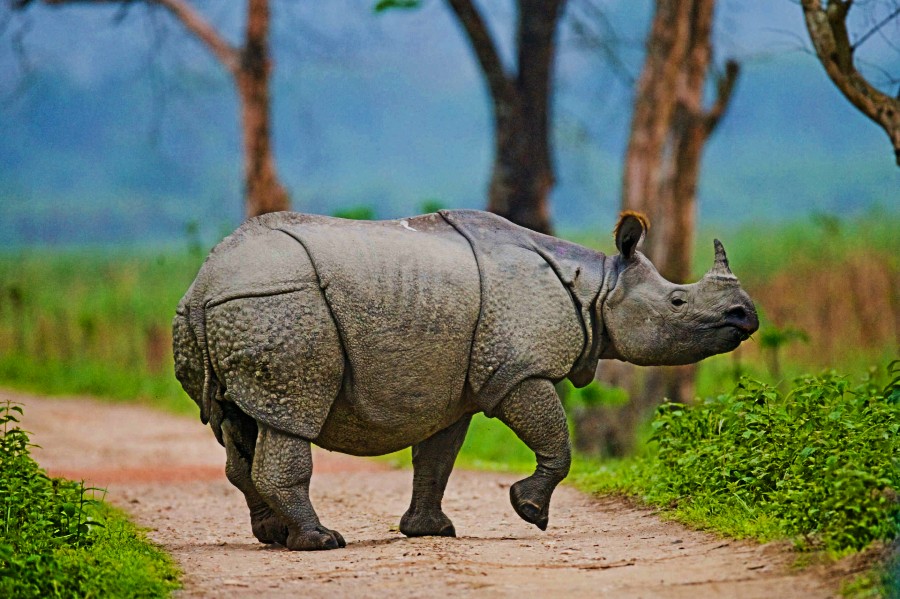 |
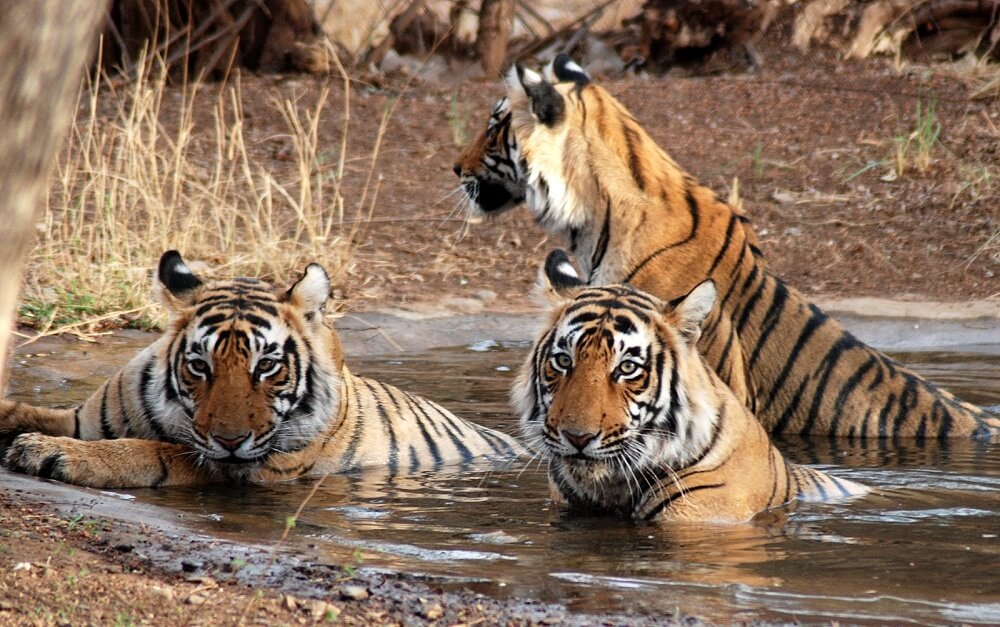 |
Famous Ranthambore National Park is located in the state of Rajasthan, India. It was declared as Project Tiger reserves in 1973 and as National Park in 1980. The park is famous for tigers even though the population of the tigers are steadily decreasing in the park. The park is surrounded by Banas River and Chambal River.
The National Park also has Ranthambore Fort which was built around the 10th century. It was the hunting ground for the Maharajas of Jaipur during that period. Other than Bengal tiger one can also see Indian leopard, nilgai, sloth bear, mugger crocodile, macaque and many more.
It is one of the oldest National Parks located in Nainital district of Uttarakhand India. It was named after the hunter Jim Corbett. It is a part of Project Tiger reserve to preserve the tigers. Wildlife can be watched by taking a Jeep ride or on the elephant back. It is the only National Park which allows night stay in the Jungle. The park consists of around 500 species of trees, 50 species of mammals, 580 bird species and around 25 reptile species.
Located in Gujarat India Gir national Park is the only park to be home for Asiatic Lions. The park is closed from 16th June to 15th October every year.The best time to visit is between December and March. Other than Asiatic Lions one can see wild animals like leopards, hyena, wild boar, golden jackal,Indian cobra, monitor lizard and many more.
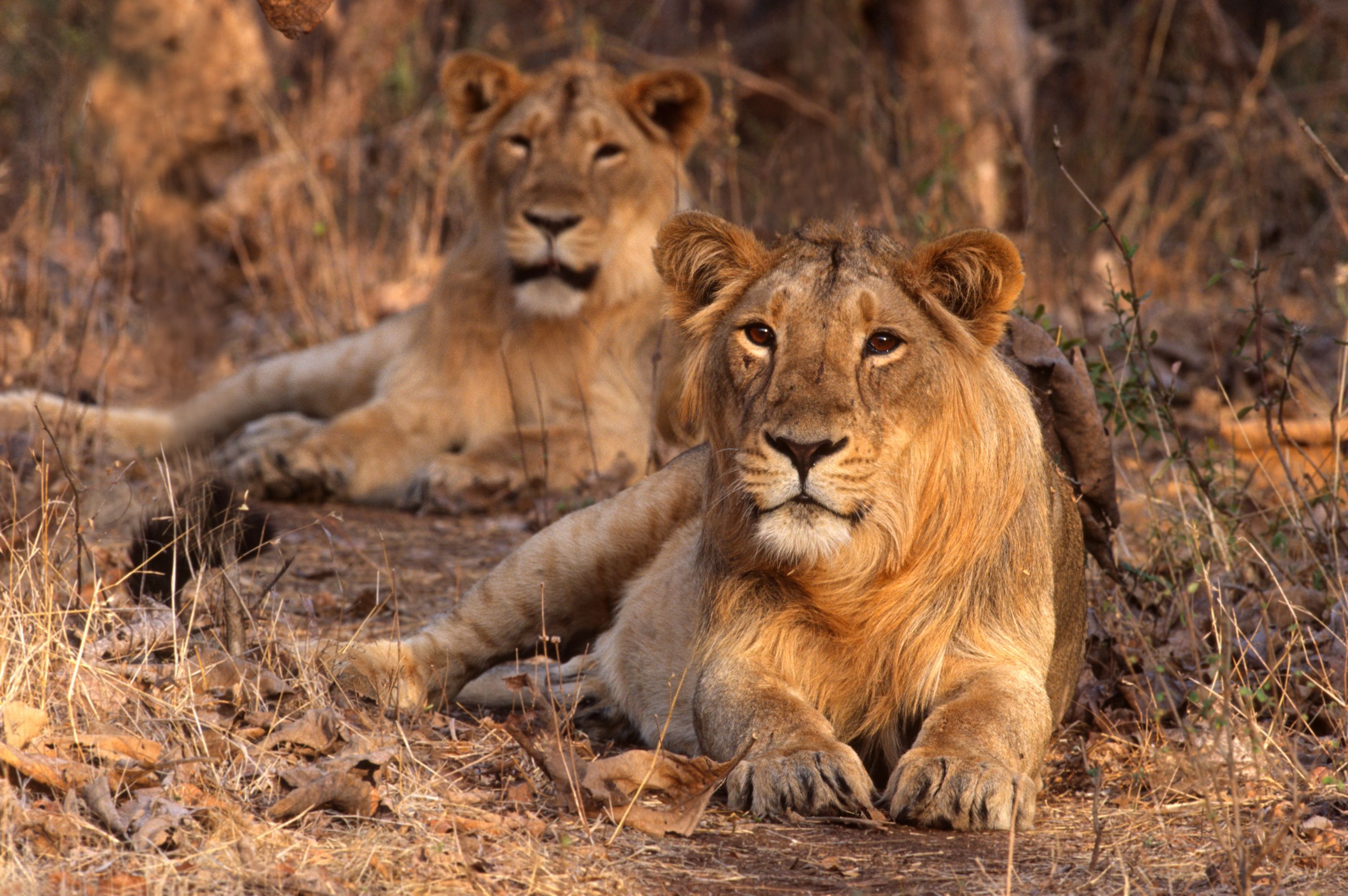 |
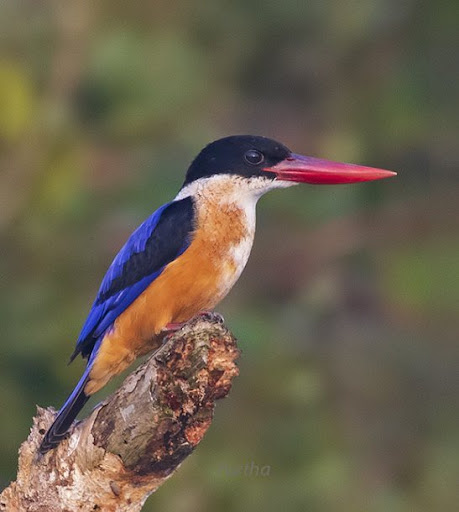 |
Located in West Bengal,India, Sundarbans National Park is a tiger reserve and a biosphere reserve and a UNESCO World Heritage Site. It is named after Sundari trees which are found in large numbers in this area. The best time to visit this park is from September to May. The Sundarbans National Park is a part of Sunderbans on the Ganges Delta which is densely covered by Mangrove forest. It is just not home for Bengal tigers but also for many reptiles, birds, saltwater crocodiles and many more.
Tadoba National Park is one of the oldest and largest National Parks in Maharashtra, India. It is also known as Tadoba Andhari Tiger Reserve. The word Tadoba is derived from the name of the God Tadoba or Taru. The park is separated into three separate forest ranges- Tadoba north range, Kolsa north range,Mohruli range. Some of the important wild animals found here are Bengal tiger, sloth bear, leopard, gaur, nilgai,sambar deer, marsh crocodile, butterflies, giant wood spider, red wood spiders and many more.
Located in the state of Odisha, India Simlipal National Park is a tiger reserve and a part of Mayurbhanj Elephant Reserve which has three protected areas: Simlipal tiger reserve, Hadagarh Wildlife Sanctuary and Kuldiha Wildlife Sanctuary.
The national park got its name from the red silk cotton trees growing in the area. It is protected by UNESCO World Network of Biosphere Reserve. Simlipal National Park is the seventh largest national park in India. Some of the wild animals that can be seen here are Bengal tiger, Asian elephant, gaur, chausingha, wild boar, giant squirrel and many more.
Satpura National Park or Satpura tiger reserve is located in Madhya Pradesh, India. The national park got its name from Satpura ranges. One can see different species of birds, tigers, Wild boar, Wild dog, Sloth bear, Porcupine, sambar deer, elephant, Marsh crocodile langurs and many more. Satpura national park along with the buffer zone has some beautiful flora and fauna which are not seen in any of the national parks in India.
Sariska National Park also known as Sariska Tiger Reserve is located in the Aravalli Hills in Rajasthan India. The park is spread around 800 square kilometres and is divided into grasslands, dry deciduous forests and rocky hills. Apart from Bengal tiger, one can see different varieties of wild animals like the leopard, nilgai, one horned antelope, hyena, jungle cat.
It is also home for peafowl which has the largest population in this park, golden backed woodpecker, serpent eagles and many more.
Manas Tiger Reserve or National Park is a UNESCO World Heritage site located in the northeastern state of Assam ,India. Earlier it was known as North Kamrup and was declared as a sanctuary in 1928. It is also a part of Biosphere reserve, Project Tiger and an elephant reserve. Having a tropical climate the best time to visit would be October to April.
Dibru Saikhowa is a national Park as well as Biosphere Reserve located in the Assam state of India. The forest comprises semi-evergreen forest, deciduous forest, swamp forest. It consists of around 36 mammal species which includes Bengal tiger, Indian leopard, clouded leopard, sloth bear,Malayan giant squirrel, Asiatic water buffalo, Hoolock gibbon and some of the birds include greylag goose, great pied hornbill, black stork, swamp francolin and many more. Do visit this national park when you visit Assam.
Desert National park is one of the largest National Parks covering an area of 3,162 square kilometers. It is located near Jaisalmer and Barmer in Rajasthan, India. The park is a good example for the ecosystem of that desert. Unlike other National Parks Desert National park is surrounded by Sand dunes, craggy rocks, compact salt lake bottoms and fixed dunes. In fact the dunes make upto 20 % of this park. The place is famous for migratory and residential birds despite the fragile ecosystem.
Great Himalayan National Park (GHNP ):
Located in the Kullu region of Himachal pradesh India, GHNP was formed in 1984 to protect the flora and fauna of the himalayan region. It is a UNESCO World Heritage site. The Park is located between two ecozones or biogeographic realms - the indomalayan to the south and Palaearctic to the north. It is home to many uncommon and endemic species of flora and fauna. The park consists of 31 mammals, 181 bird species, 9 amphibians, 127 insects and many beautiful floral plants which are specially found only around himalayas.
Keoladeo National Park , Rajasthan:
Located in Bharatpur, Rajasthan, India this national park was formerly known as Bharatpur Bird Sanctuary and was home for thousands of different bird species especially during winters. It is a World Heritage Site designated by UNESCO in 1985. The park is home for around 400 species of birds and animals and also is home for around 370 floral species. Some of the birds are great egret, ducks, cotton teal, common teal, darter, storks, green sandpiper and many more. It is a must visit place in Rajasthan.
Khangchendzonga National Park
Located in the beautiful state of Sikkim, India Khangchendzonga National Park is a UNESCO World Heritage Site and also included in the Biosphere Reserve. The park is named after Kanchenjunga mountain which is the third highest peak in the world.
The best time to visit the park is April and May. The place receives heavy snowfall during winters. Some of the mammals species that are found in the park are musk deer, snow leopard, green pigeon, sunbird, eagle and many more. The buffer zone area of the National Park has Tholung Monastery which is one of the holy monasteries in Sikkim.
Nameri National park is located towards the eastern foothills of Sontipur district in Assam, India. It is the second national park in Assam to be declared as Tiger Reserve after Manas National Park. The park along with Pakhui Wildlife Sanctuary covers an area of 1000 square kilometres. In that Nameri covers an area of 200 square kilometers.
Affiliate Disclosure:
If you make any purchase via a link on this site, I may receive a small commission with no added cost to you.
